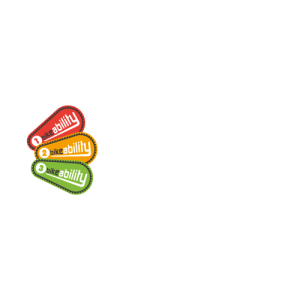So you’ve mastered the shops and plan to take on the final frontier on a bike? Whatever your plans are, whether you have kids, are considering an active holiday, or just want to set yourself a new fitness goal, these seven tips will help you prepare to get the best out of your cycling journey.
Have you checked your basics?
Do you have…
- Your helmet
- Lights for night riding or low-light situations
- A lock for your bike
- Bike luggage
- Cycling gloves
- A bike maintenance kit
Make sure you know and use your basics
Knowing the basics of cycling is essential to staying safe on the roads, whether you’re considering a city or a countryside cycle. If you’re preparing for a long ride, invest in some bike luggage rather than a backpack – take that stress off your back!
If you’re 25 miles from home and burst a tyre, your maintenance kit will be a lifesaver. Don’t get caught without your kit. Make sure you have one packed away in your bike luggage, and brush up on those basic maintenance skills to help save you from a pinch.
Get to know your bike
Is your current bike setup going to be comfortable for a long ride? Your current saddle might be great for a quick cycle to the shops but could cause serious pain or discomfort on a long journey. Saddle sores, caused by friction and pressure between the seat and your rear, can easily be prevented with padding. Padded shorts or a padded saddle can provide real relief over long distances.
Before you get on the road, book your bike in for a check-up. A bike MOT will prevent problems down the road in more ways than one. You might need a lighter frame if your bike is a little too cumbersome with luggage to get out of the house. Book your servicing ASAP so you can focus on enjoying your ride.
Start slow and practice
You’ve found the perfect route. You’re excited about those vistas, and you’re excited to get stuck into the rugged beauty of the peaks. STOP! Any long journey you undertake should be one you’ve practised. Whether you get in the gym and challenge yourself to new inclines or distances or get on the bike and tackle a few hills. Practice makes perfect.
Start with a shorter distance and steadily increase it. The longer you spend on your bike, the better you’ll be at a long journey. Activities like stretching, eating and hydrating, and even how much weight you can carry comfortably are things you can check with practice.
Set goals for your training
Have you set yourself a realistic goal? Set goals by distance, time, or even how many times you get on your bike on a weekly basis. Trial your goals on a stationary or ordinary push bike and start with steady increases to work towards your goal.
Small sections can make the ride seem less daunting and help you feel that sense of achievement as you continue to move through your goals! It may seem strange to consider 25 miles starting with 1 mile, but everything starts with a first step.
Remember, recovery is important
You are not a machine! Consider rest points, not only between your practice sessions, but on the bike too. Take two days off from cycling a week so that your body has time to repair and relax. Doing other activities can also show you how your fitness regime is going. Going for a walk, doing yoga, or going for a swim are great ways to stay active but get to grips with relaxation.
Eat well and hydrate
Eating healthily and keeping well-hydrated are important on and off the bike. When you’re training, you might get something called ‘bonking’, which in the cycling world refers to the feeling you get when you’ve run out of energy. Professional cyclists report feeling awful until they’ve eaten something! Scientifically, this is called hypoglycaemia and happens when you use up all your glycogen stores resulting in low blood sugar.
If you’re on your bike for more than 90 minutes, you need to keep snacks around to refuel. The average person has enough energy for 90 minutes of moderate exercise, so aim for 100 – 150 calories to make sure you’re not in danger of ‘bonking’. Focus on carbs and protein such as porridge and eggs.
Move about on your bike
This is where those rest time activities come in! Cycling can keep you in a hunched-over position for long periods of time. Relieve any stiffness in your shoulders by shrugging every 5-10 seconds, and change your hand positions whilst keeping a finger on the brakes to relax your arms.
Stretching out your legs whilst on the bike is useful too. Standing up on the pedals, stretching one leg and letting the other sag can ease pain in the calves and thighs. And if you can ride one-handed, swap from one hand to the other and stretch your arm backwards and forwards.
Don’t forget to enjoy yourself! Cycling is one of the best ways to keep fit and active for people of all ages. If you’re feeling a little rusty on your bike, why not have a look at our cycling courses? We can help you keep your dream of cycling those peaks alive!










